Great brands don’t become great by sheer luck. Their success is a result of a combination of factors, and brand strategy is at the centre stage.
If you want to be different and earn a reputation as a distinct, unique and memorable brand with your target audience, there are great brands out there that you can learn from their models, and use that build your own unique strategy.
We’ve studied some of the best brands and distilled their strategies to bring out the main factors that account for their success. But before we start unveiling these inspiring brands one after the other, let’s look at what a brand strategy is, and the key components that make them effective.
What Is Brand Strategy?

Brand strategy is a long-term plan put in place to systematically develop a brand in order to achieve identification and preference by consumers. To influence consumers, brands have to shape their perceptions.
Brand strategy is the action plan to shape those perceptions using both visual and verbal expressions.
A successful brand strategy traverses all aspects of a business and it’s both customer-centric and competition-sensitive.
It is connected to the needs and emotions of consumers as well as the competitive environments of the business.
A well-defined brand strategy encompasses a brand’s missions, values and promises to its customers. It also has to do with how these are communicated by the brand.
Brand strategy is not only needed by the big players.
Startups, small businesses, and companies that are launching a new product can also benefit from creating or rejigging their brand strategies.
Even a nonprofit organization can develop a unique brand strategy to connect with new donors or sponsors more easily.
Essential Components of an Effective Brand Strategy

There are different strategy frameworks that you can adopt to define your brand and shape consumers’ perceptions. However, every successful framework must have the following key components.
Purpose/Mission
Vision
Values
Positioning
Personality
Voice
Messaging
Tagline
In the inspiring brand examples that follow, you will find where each of the key elements above applies as we consider the strategies that make them so successful.
1. Tesla – Brand Purpose/Mission
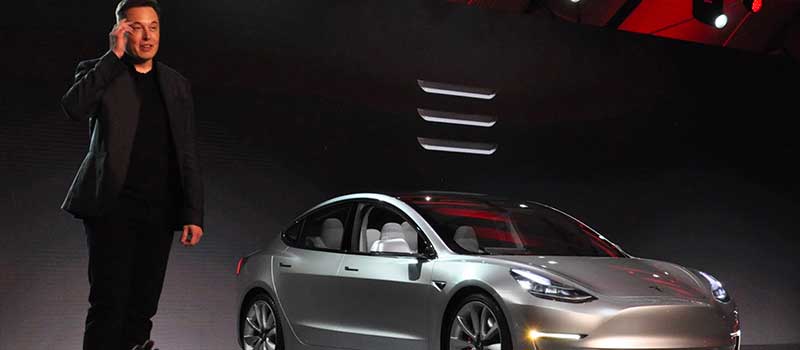
Goals like environmental stability and affordable and clean energy were key goals in the developmental declarations.
As a child of the millennium, Tesla believes in the world’s energy sustainability goal and therefore positioned itself as the company that will play a key part in helping to accelerate that goal.
That drive is conspicuous in Tesla’s Mission which is:
To accelerate the world’s transition to sustainable energy.
The company has since been building successful all-electric vehicles as well as scalable clean energy generation and storage solutions.
It has also stayed true to its vision of helping to reduce reliance on fossil fuels and fast-tracking a zero-emission future.
2. Arby’s – Brand Personality, Messaging and Tagline
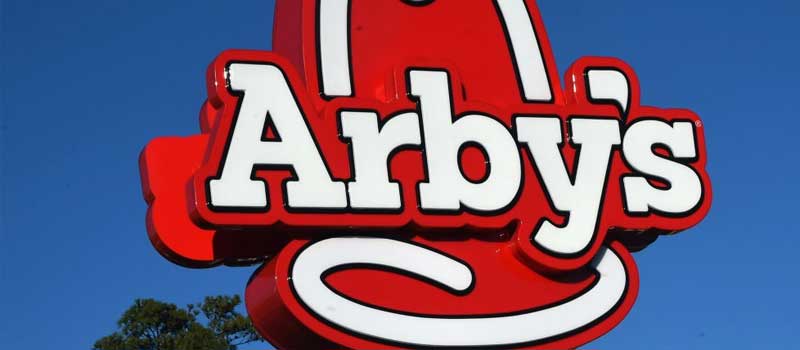
Staying through to oneself when consumer preferences are changing is not easy.
But being the unusual seems to be paying off for Arby’s. Arby’s is an American fast-food restaurant chain that prides itself in offering customers beef despite the health and environmental campaigns against beef, and the presence of competitors like Beyond Meat and Hormel offering plant-based beef alternatives.
Arby’s built its brand around meat by owning it as seen in its tagline:
We Have The Meats.
The tagline was used in several campaigns and in order to attract young people, the brand modified its messaging and launched a new ad campaign that featured a “Head of Sandwiches” which communicate the 17 sandwiches variety on the Arby’s menu. For this campaign, the tagline was modified to:
Arby’s. We Have The Meats… for Sandwiches.
The new tagline shows consistency in its messaging and it helped Arby’s to stay true to its brand purpose while also capturing a new audience segment.
PRO Brand Strategy BluePrint
Build Brands Like A Pro Brand Strategist

3. Nike – Brand Positioning, Storytelling and Tagline
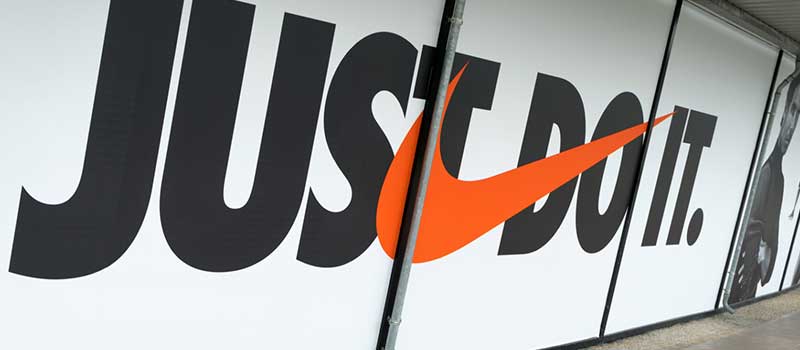
Nike’s tagline “Just Do It” has stuck with the brand for three decades. It stems from Nike’s positioning statement which states:
For serious athletes, Nike give confidence that provides the perfect shoe for every sport.
The tagline “Just Do It.” is compelling and actionable. It creates a connection between the brand and its fans.
Because the tagline speaks to people at the individual level, they can interpret it in whatever way they like, and for whatever hurdles they face.
Nike also inspires through its storytelling. If you see an ad from Nike, the emphasis is usually not on their products but on telling meaningful stories and using the right emotions that help people connect to the brand.
Explore Brand Strategy
Programs & Tools
4. Chipotle – Brand Positioning
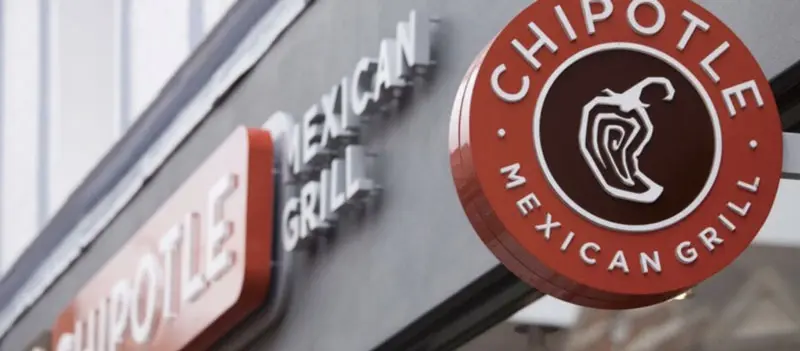
Chipotle is a renowned Mexican restaurant in the US that seems to be outdoing Taco Bell.
Instead of Taco Bell’s “Fast food” approach, Chipotle uses fresh products that are locally sourced, positioning itself as the healthier brand.
The company has 2500 worldwide locations, and it’s currently valued at around $44.8 billion.
5. Tiffany & Co. – Brand Voice and Personality
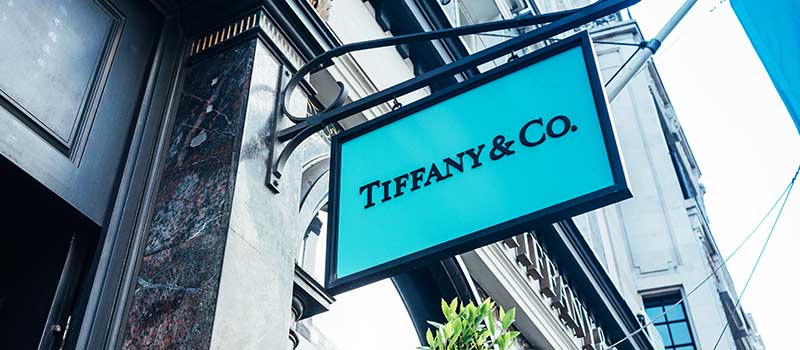
Being a luxury jewelry brand that sells at premium prices,
Tiffany uses a brand voice that is witty, elegant, and classic to connect with its target audience.
Both their content marketing and social team work together to ensure the brand voice syncs across all platforms.
Tiffany’s strategy is using a tone of voice that both align with its brand personality and also resonates with their customers.
6. Ben & Jerry’s – Brand Values
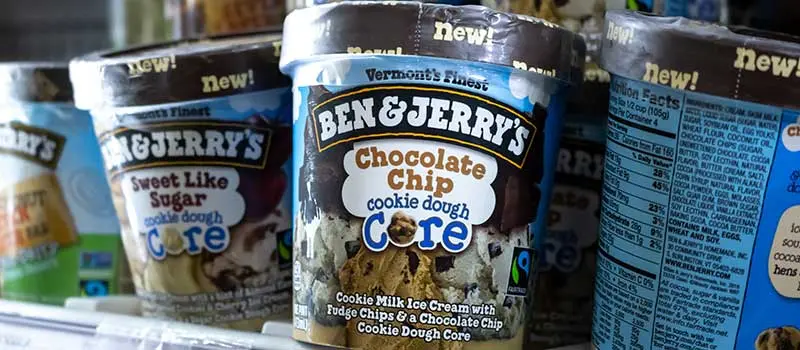
Ben & Jerry’s sells ice cream and also believes in “using our business to make the world a better place.”
The company believes advancing human rights and dignity, supporting social and economic justice for historically marginalized communities and restoring the Earth’s natural systems are sacrosanct to its business.
Therefore, the company openly supports causes that align with its brand’s value whenever there is a need to do so.
They’ve supported movements like “defund the police, defend black communities, Juneteenth and many more.
This social responsibility has helped them to retain more loyal customers and also expand their customer base.
7. Usersnap – Brand Storytelling

Usersnap is a customer-centric SaaS company that uses data-driven storytelling to establish trust and provide real value to customers.
Usersnap leverages its blog to provide useful information for both customers and visitors.
This gives them a reputation as an authority and source for credible information in the SaaS space.
8. Dollar Shave Club – Brand Positioning and Personality

Dollar Shave Club is a men’s grooming product company that appeals to real people.
The brand uses a fun and relaxed approach in their campaigns, and instead of using superstar handsome models like other brands in their market, the company uses models that are relatable to the average person in real life.
Models that look like real consumers, that people can easily connect with.
9. Starbucks – Brand Vision, Personalization

There are many things that make Starbucks a great brand, vision is one of them. Great brands think long before short.
Starbucks is an example of a company with a giant vision.
Starbucks ‘ vision is to be “the premier purveyor of the finest coffee in the world.“
This example shows that it is not only important to define what a company does, but it’s also essential to be clear about where the company is headed.
A brand vision should be ambitious, providing several opportunities for growth and expansion.
10. Everlane – Storytelling

Everlane is a clothing retailer brand focusing on elevated basics. To stand out from the competition,
Everlane uses storytelling to speak to how products are ethically sourced and what goes into pricing their products.
The company uses what it calls “Radical Transparency” by sharing with the customers the costs of every product they make.
They tell customers the stories behind how they source their products and how they arrive at its pricing.
11. Goodmylk – Positioning and Messaging
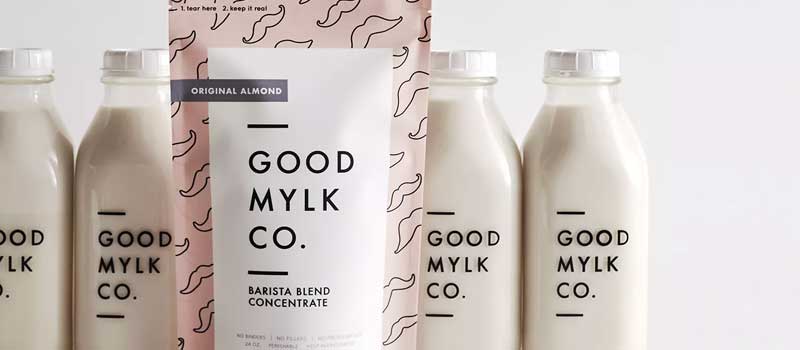
Goodmylk positions itself as the purveyor of pure, full-cream milk that is beneficial to health.
Its marketing communication is focused on the thickness of its full-cream milk, the different types of flavoured milk they offer, and their health benefits.
It also positions itself as the
“provider of whole milk for the entire family who requires a daily milk product that provides the necessary nutrients.”
12. Airbnb – Brand values, Personality, Tagline And Messaging
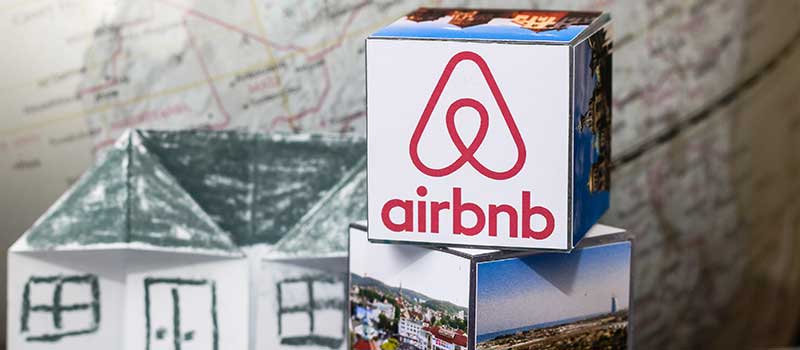
Airbnb values are summarized in the statement:
Experiential travel at an affordable cost.
Targeting traveling millennials, the focus of Airbnb is to provide a human experience with personalized touches. Airbnb promotes this with their tagline campaign,
Don’t Go There. Live There.
The company implements this by providing a host that helps travellers get a deeper connection with the community they visit.
Thus helping them to connect with people of different cultures around the world.
13. Warby Parker – Positioning, Messaging, Personality, Mission

Warby Parker sells high-quality prescription eyeglasses at a much smaller price and as a direct-to-consumer brand, the company engages in customer-centric dialogues using its “Wearing Warby” series.
The series feature video interviews of its customers paired with blog posts.
This makes consumers feel that their aspirations are being represented by the brand.
Warby Parker’s narrative to their consumers is that they shouldn’t have to make trade-offs where quality, convenience, and affordability are concerned.
The company have a “home try-on program” and they also invite customers to share pictures of their new glasses on social media using the #warbyhometryon hashtag.
This has created over 56K user-generated videos.
14. Amazon – Mission, Brand values, Positioning

Many strategies are behind e-commerce giant, Amazon’s success but the ones worthy of mentioning are its mission and positioning strategy.
Amazon’s mission is
To be Earth’s most customer-centric company, where customers can find and discover anything they might want to buy online and endeavours to offer its customers the lowest possible prices.
The company’s business is built around the following core values which stem from its positioning strategy:
Extraordinary convenience
Instant access
Comprehensive selection,
Low prices
So basically, Amazon’s competitive edge is about low pricing and customer experience, and this has helped the company avoid stiff competition. As a company with an obsessive customer focus, Amazon has also continued to innovate new solutions to make things easier, faster, better, and more cost-effective for the customer.
15. IKEA – Positioning, Personality and Tone Of Voice
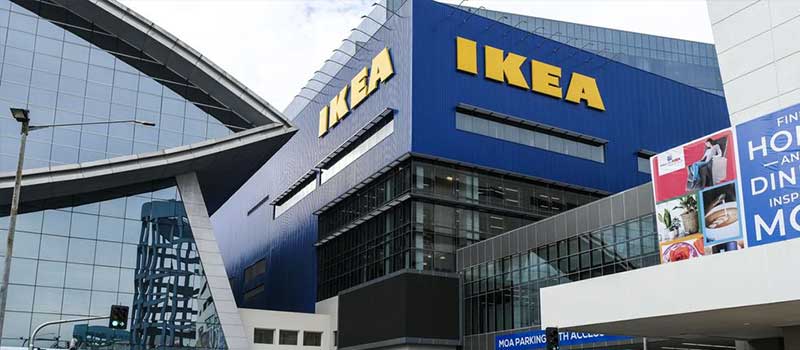
IKEA positions itself as a brand that supplies customers with the most affordable yet quality furniture. With their affordably-priced flat-pack furniture, customers can order furniture, and have them delivered in time at home.
IKEA also has the reputation of being a fun brand.
This is noticeable in their non-traditional ways of advertising, especially with some of their marketing campaigns like Lamp, Oddly IKEA videos, and The Human Catalogue“.
IKEA brand’s personality is that of “a friendly brand that isn’t afraid to be a little different, and, of course, odd.“
16. Netflix – Value, Messaging And Positioning, Tone Of Voice
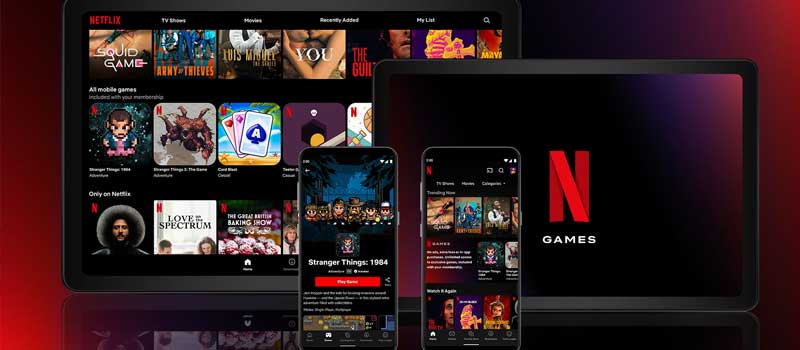
Netflix’s values are to deliver entertainment and make people happy.
The brand achieves this by understanding the needs and desires of their customers and what they hope to accomplish.
Netflix focuses on giving more freedom to consumers by letting them construct their own experiences through the provision of customer-centric content.
Netflix’s tagline is “unlimited movies, TV shows, and more.” The company’s messaging also revolves around phrases like “watch anywhere”, “cancel anytime”, “ready to watch”, etc.
17. Peloton – Brand Positioning And Purpose

Peloton sells bikes, screens, programming, and instructors but its strategy is much more. It’s that of community building through meaningful content engagement.
As the company’s Chief Executive Officer puts it, “Peloton sells happiness.”
The company’s positioning strategy is being
the most engaging, entertaining, immersive and motivating home platform for fitness and well-being.
Other brand priorities are personalization, content, product development, and exceptional service. The combination of all these is what earned the brand a 95% retention rate in their “Connected Fitness Subscribers” programme.
Peloton turned the solo home cycling activity into a community experience where users share real-time experiences. This is also connected to Peloton’s brand purpose which is
To connect the world through fitness, empowering people to be the best version of themselves anywhere, anytime.
18. Trader Joe’s – Positioning
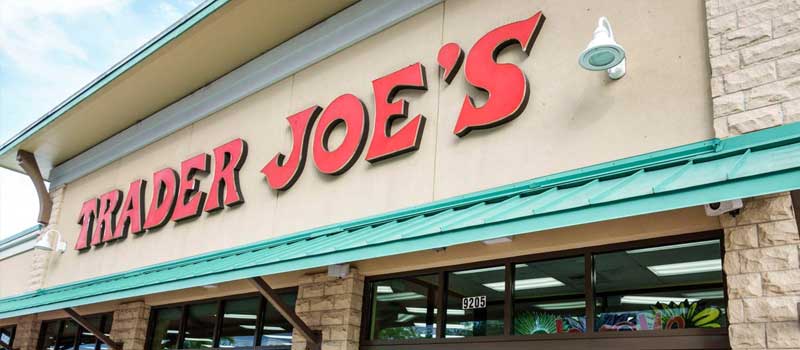
Trader Joe’s marketing strategy is to
provide everyday low-cost items to college students or sophisticated consumers that are interested in unique products and change in product mix.
The company sells private-label goods and doesn’t disclose where the goods come from.
This makes it difficult for competitors to imitate what they do and that is one of the reasons their customers keep coming back for their specific products.
19. Pipcorn – Positioning And Messaging

Pipcorn makes huge bags of mini popcorn that are sold in retail outlets and it uses positioning and messaging to win a unique selling point.
The brand sells healthy and delicious popcorn and targets health-conscious and vegan customers.
That’s why its ads and digital channels usually feature a type of messaging that centres around “all-natural”, “whole grain,” “gluten-free”, “non-GMO,” etc.
The company also speaks about how it ethically sources materials using phrases like “small batches” and “responsibly sourced”.
20. Quorn – Positioning And Brand Values

Quorn positions itself as a provider of healthy and tasty meat-free food for customers who want to cut down on meat.
Quorn also promotes the campaign to cut down on meat for health and environmental reasons. The company believes that when more people go vegetarian, there will be a positive impact on the planet.
For each of Quorn’s products, there is a carbon footprint label on it that shows how the company complies with its own values when making its products.
Over To You
The examples above are non-exhaustive, there are many other top brands doing so great that are not mentioned.
Brands like Apple, Microsoft, LinkedIn, toms shoes, and more.
Nonetheless, you can leverage the information that has been provided to develop and build your own unique brand strategy. When at the drawing board, look at your purpose, your people, your target market, and the competitive landscape.
Then find creative ways to make lasting impressions on consumers. You can also get additional information by sending out brand surveys to your target audience. Answers provided by respondents can be useful when developing a customer-focused strategy.
On a final note, avoid copying another brand’s strategy, it won’t be really effective for your brand.
Rather what you should do is get all the inspiration you can get from successful brands and use them as a guide to develop your own strategy.
On-Demand Digital Program
Brand Master Secrets
Make the transition from hired-gun to highly valued brand strategist in less than 30 days. The systems, frameworks and tools inside this comprehensive program are all you need to level up.







